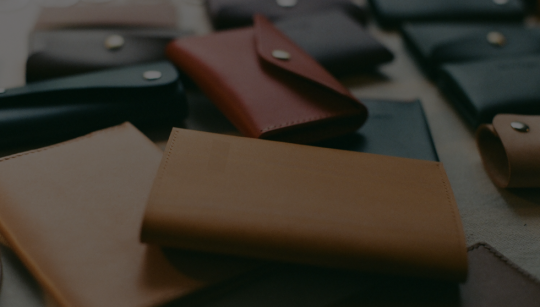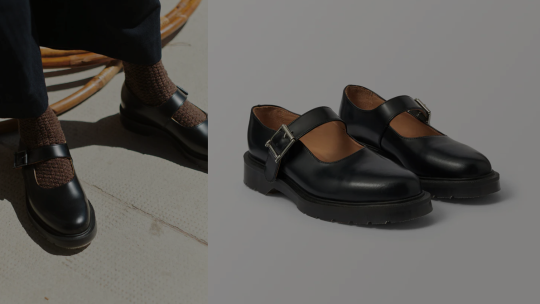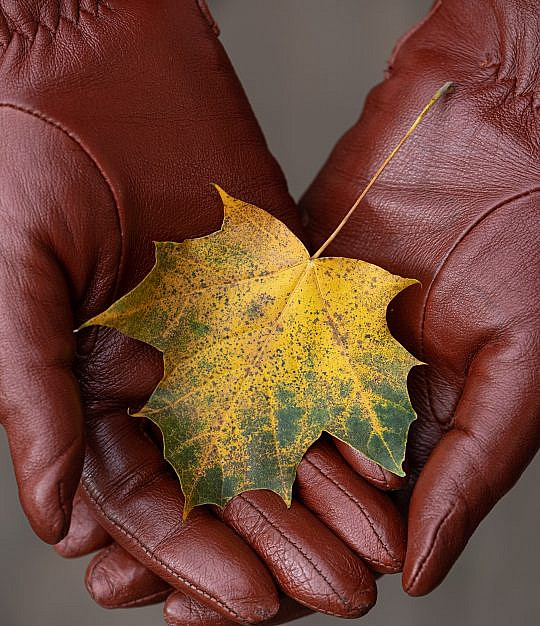
Chrome versus vegetable: Which method is best?
Chrome tanning is the most widespread and versatile method while veg tanning has been around for thousands of years. Which is your favourite?
There are various ways to join two pieces of leather together. Gluing may be the easiest of them, but sometimes it’s also the best.
If you have the right equipment, gluing leather is pretty easy. There are a few different reasons you will want to do it. Sometimes it is just to hold two pieces of leather in place while you work on them with a sewing machine. In these cases, the glue just needs to provide a temporary bond, the stitches will do the work long term. Tandy Eco-Flo Leather Weld is ideal.
If you just need to test how your pieces leather fit together, you can use a normal PVA glue. This is easy to remove when you’ve finished testing.
If you are making something that needs small, unobtrusive seams, gluing often takes up less room than stitching. If the glue is intended make a permanent bond, it needs to be flexible, water resistant and, of course, strong. Contact cement is the best option.
The actual process of gluing is reasonably simple, but it takes care. Make sure the area you are working in is clean. If you get dirt in the join it will weaken it and may look unsightly. Make sure you apply the adhesive evenly and neatly then press the two pieces of leather into place. Check the packaging for the length of time the glue takes to dry and use this as the minimum. You may want to use weights or clamps to ensure the leather pieces stay in the right place while the glue dries.

Chrome tanning is the most widespread and versatile method while veg tanning has been around for thousands of years. Which is your favourite?

Dublin designer’s twists on the biker jacket add femininity to the classic silhouette

2023 has seen a number of shoe styles return to favour after a hiatus (we're looking at you, too, ballet flats) – but none offer more versatility than the humble Mary-Jane, which vary widely from heels and platforms to flats.

Leather industry organisations from across the world have called on the COP26 Forum to recognise the role that leather and other natural fibres can play in tackling climate change.